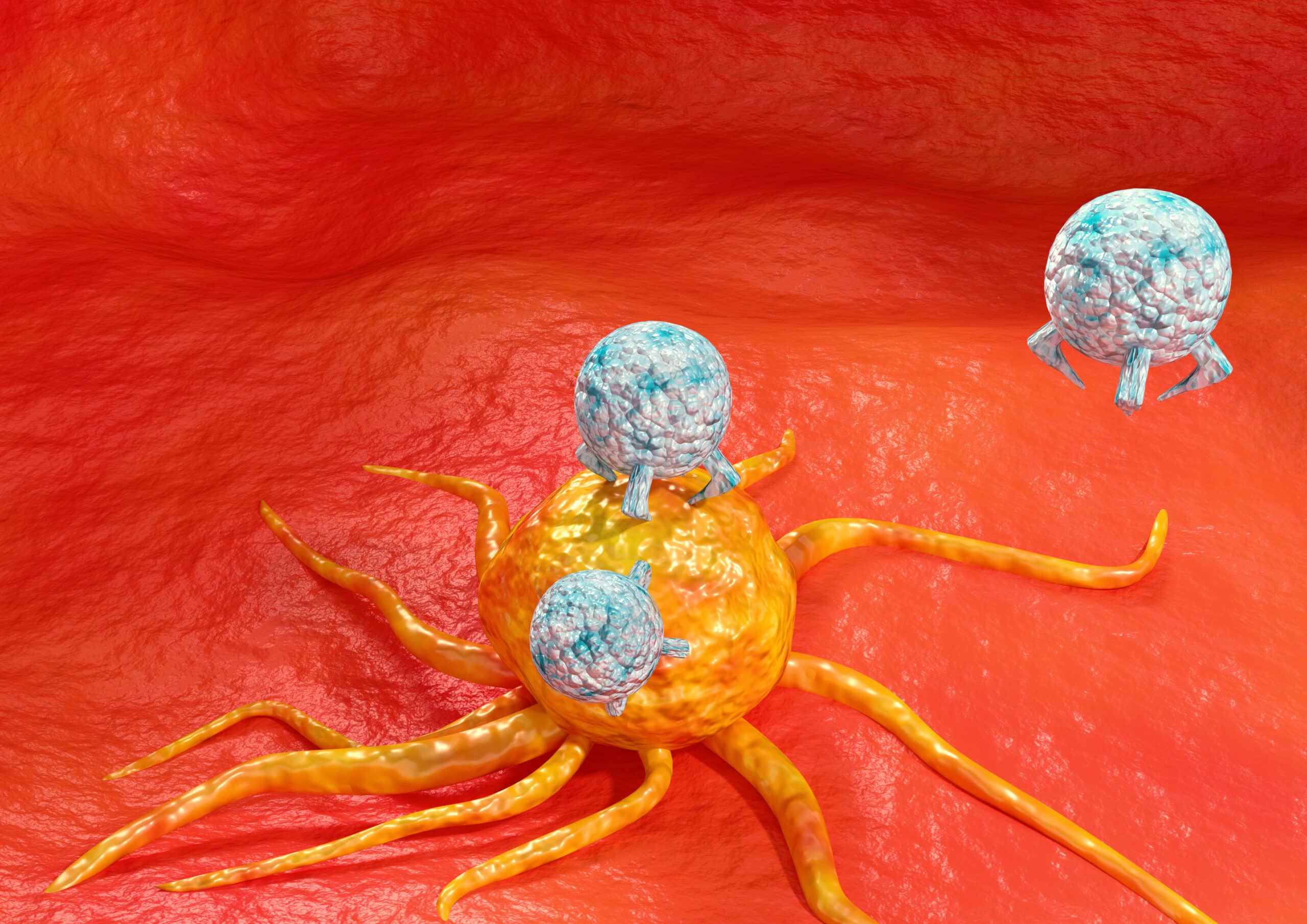However, this treatment only works well for 20% of patients, and researchers are working to determine why some people respond so much better than others. The journal Nature has recently published 3 papers that may help to point the way to identifying the key formation inside of some tumors.
These tertiary lymphoid structures function like factories/schools for immune cells that help the body to fight cancer, where the cells learn how to recognize and attack cancer cells: “The cells need to be educated in schools, which are the tertiary lymphoid structures,” said Wolf Fridman, Professor Emeritus of Immunology of Universite de Paris at the Centre de Recherche des Cordeliers, who helped lead one of the studies.
T-cells were found to not be the only immune cells that are capable of fighting cancer, as the TLS were observed to be full of B-cells which are another kind of immune cell that produces antibodies.
“We have been T-cell addicts for 15 years in cancer,” Fridman said with a laugh. “We analysed these sarcomas to see what groups they had and what’s striking is that these B-cells appeared.”
“Through these studies, we find that B-cells are not just innocent bystanders, but are themselves contributing in a meaningful way to the anti-tumour immune response,” said Beth Helmink, a fellow in surgical oncology at the University of Texas’s MD Anderson Cancer Center who worked on a second study, in a statement issued by the Center.
Abundance of B-cells in cancer patients has been viewed as a marker of poor prognosis, making the discovery of those with higher levels of these cells within the TLS in their tumors being more likely to respond well to immunotherapy a bit of a surprise.
“These three studies provide exciting data demonstrating that… B cells which make antibodies significantly influence the responsiveness of patients with certain cancers to immunotherapy,” said Lawrence Young, director of the University of Warwick’s Cancer Research Centre, who was not involved in the studies. The work “could be used to improve the effectiveness of cancer immunotherapy for all patients,” he said.
The studies do not provide all of the answers and leave many questions unanswered such as why are these structures forming in some tumors but not others; and why/how B-cells being inside these structures seem to play a role in the success of immunotherapy. Could it be that B-cells are bolstering T-cells, are they on the frontlines producing antibodies that attack cancer cells, or both? Additionally, not all TLS are equal, and the researchers have found three categories with only one type being found to be mature enough to produce cancer fighting immune cells.
“If we come up with a treatment that could enhance TLS formation, we could combine this with current immunotherapy regimens,” said Goran Jonsson, a professor of oncology and pathology at Lund University who worked on the third study. “Most likely this would lead to more patients responding to immunotherapy.”




